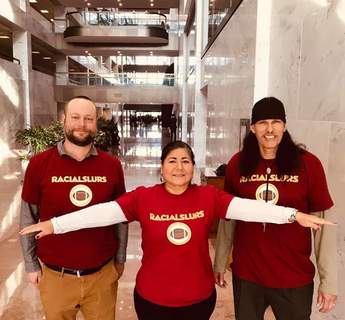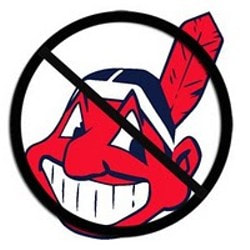
Sample Letter to Elected Official:
I am a constituent of Senator Van Hollen and I live in Bethesda, Maryland. I am also a co-founder of Rebrand Washington Football (RWF). We are a grassroots group of fans that advocate that the Washington football team change its name which is a dictionary defined racial slur. On Saturday, the Washington Post reported that the team is working with Congressional representatives and the Trump Administration to insert a provision in the budget bill that would facilitate a relocation to Washington DC. We oppose an end run around the public process for determining the future of the old RFK stadium location. We also oppose a relocation of the team’s stadium until they change the name. Please work to oppose this stealthy and underhanded move.
I am attaching a letter we sent to Rep. Norton. We sent versions of this letter to the DC Council and the Mayor as well. Thank you for your consideration of this important matter. If you want more background about us, our website is http://www.rebrandwf.org.
Best,
Josh Silver
Bethesda, MD
| rwf_norton_letter_1218.pdf |

 RSS Feed
RSS Feed